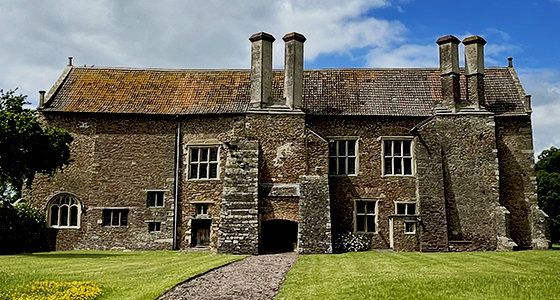acton court

iron acton, south Gloucestershire, England
The year is 1535 and politically it’s a challenging time. Only last year, Henry had forced the brake with Rome and declared himself defender of the faith and head of the new modern church. Religious tolerance wasn’t an option for those who refused to recant the old religion, Sir Thomas More and John Fisher had been recently executed and there was a need to restore at least the appearance of a calm, united front to the people.
It was crucial to illicit support from the landed gentry. Pressing the hands of landowners in an era when armies might be called on with little notice, was of vital importance. A summer progress was an opportunity to promote the reformation and parade Anne Boleyn to the country as a successful symbol of the new faith. However, unbeknownst to the queen and those they would meet on the journey, Henry had been in discussions with Cranmer since last December, on how to remove her without losing face, and having to return to Catherine.
Aside from the temporary release from political pressure, there were good reasons for Henry to leave the comfort of his London palaces, Greenwich, Whitehall, Richmond, and HCP, for the summer progress. This was a period when plagues raged and sanitary conditions in the capital proved dangerous for all the inhabitants of the city. When the king was away, and with less members at court, there would be more time for the palace to be thoroughly cleaned.
With plentiful hunting along the route, Henry was assured of an enjoyable break from his busy court diary. The air was cleaner, and with no pressing engagements, he could rise at 4 in the morning and spend a day in the saddle if he so wished. Come the evening, a spectacular feast would be waiting, all part of the duty of hosting the royal party. And here you join me at Henry’s 12th stop, Acton Court, it’s just 10 miles as the crow flies, from the busy ship building city of Bristol, but best stay away as it’s full of plague.
